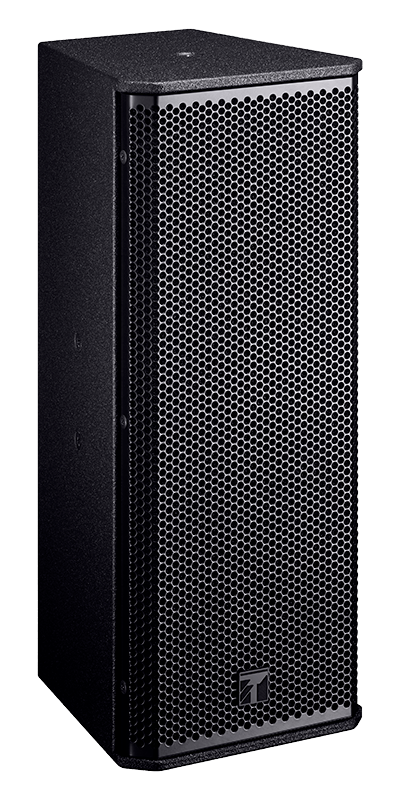The Pros and Cons of 2-way and 3-way Speakers

Nowadays, thanks to continuous technological advancements, exceptional sound quality has become easily attainable. This is due to the prevalence of speaker systems that deliver rich sound quality. In the process, audio accessories such as 3-way speakers have emerged. But are they worth the hype? Compared to conventional 2-way speaker systems, are they the better choice?
If you are having a hard time choosing between the 2 types of speaker systems, then you came to the right place. This article explains their pros as well as cons, and it is best to familiarize yourself with them so that you can make a decision that is going to complement your needs, preferences, and budget. Read on for details.
Pros and cons of 2-way speakers
In general, 2-way speaker systems are known for having a driver that plays a role in outputting mid-range and bass in a simultaneous manner. Their configuration of woofer, crossover, and tweeter plays a key role in determining the overall sound quality. With this, lower-range and mid-range sounds are properly split off from the upper-range frequency signals. They are then directed to the full-range speaker cone. These contribute to clear high frequency as well as mid-to-low range sounds that resonate with signals independently. Also, because of their compact size, they also consume less power. Despite these qualities, they are still able to deliver exceptional musical performance, which is relatively clear and focused.
One disadvantage is insufficient detail when it comes to the quality of voice because you need to consider the mid-bass; that being said, the woofer cannot be that big. It is important to note also that a speaker that is too big is going to have a negative impact on sound quality if its mid-to-high frequency.
Pros and Cons about the 3-way speaker
3-way speakers are made up of 3 drivers: bass, treble, and mid-range. A lot of times, the woofer handles the bass component, while the tweeter takes care of treble, and the mid-range manages the frequency.
Good 3-way speakers can deliver better clarity, which is complemented by reduced distortion, and improved dynamic restoration. They also pack significant dynamics that adapt to different kinds of music in the most efficient way possible. On top of these, they can convey low distortion even if the pressure is high. If used in an orchestra, you can rest assured that the sound quality of the organs, bass drums, etc. are not compromised.
The downside is that designing a 3-way speaker can be a challenge. If there is an error in the design phase, the sound that is going to be produced is not going to be clear and transparent. Plus, low frequencies can be mixed up.
Which is better: 2-way or 3-way speaker
When it comes to overall audio quality, 2-way speakers are better than their 3-way counterparts. Yes, they may require additional work since they have more wires, but all the hard work is going to be worth it thanks to the superior sound that is going to be produced afterward. One of the reasons why many assume that a 3-way speaker is better is because of the fact that consumers think that more automatically translates to enhanced audio quality.
--------------------------------
Guestposted.com Notice!
Audience discretion is needed, Read TOS.
Submit Guest Post / Read Latest / Category List
App & Rate-Us / Subscribe Daily Newsletter (FREE)



